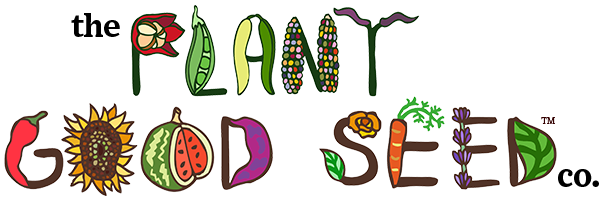Elder is a perennial shrub or small tree. The plant genus, Sambucus is part of the Adoxaceae (commonly referred to as (moschatel) plant family. Mexican Elderberry – Sambucus nigra ssp. Caerulea – is native to the West Coast of the United States, ranging from Oregon to Texas. Second (and occasionally first year) shrubs produce clusters of fragrant, cream white flowers that give way to productive, dark blue berries that have a complex, tart sour flavor that are made more palatable by adding a little honey. Berries or flowers can be used fresh or dry, most typically as a tea. However, avoid excessive consumption of raw berries – plant branches, leaves, and seeds have a cyanide-inducing glycoside. Cooking the elderberries destroys the glycoside in the seed.
Elder is a perennial shrub or small tree. The plant genus, Sambucus is part of the Adoxaceae (commonly referred to as (moschatel) plant family. Species of elders are found throughout the world. Mexican Elderberry – Sambucus nigra ssp. Caerulea – is native to the West Coast of the United States, ranging from Oregon to Texas.
Second (and occasionally first year) shrubs produce clusters of fragrant, cream white flowers that give way to productive, dark blue berries that have a complex, tart sour flavor that are made more palatable by adding a little honey. Berries or flowers can be used fresh or dry, most typically as a tea. However, avoid excessive consumption of raw berries – plant branches, leaves, and seeds have a cyanide-inducing glycoside. Cooking the elderberries destroys the glycoside in the seed.
Elderberry shrubs typically reach to 7-10 feet tall and will progressively produce more flowers and berries every year. They are tolerant of drought / low water and soil fertility conditions, but I've found the flavor of the berries are improved by a more standard garden care regime (small amendments of fertilizer and regular waterings).
This is not the easiest plant to start from seed. I'd had prior success sowing seeds simply by soaking them overnight and waiting for them to germinate, but I've also had complete failures. I was wondering if I might improve on this method. I consulted Dara E. Emery's book Seed Propagation of Native California Plants, which offers the following guidance:
Soak in concentrated H2S04 10-15 mins. and 2-3 mos. stratification; 4-5 mos. warm (60 degrees F) and 3-5 months cold stratification may also give satisfactory results. Germination apt to be low due to high percentage empty of improperly developed seed (Heit 1971). For fresh seeds 2-3 mos. stratification may give good results. Easily propagated from stem cuttings. (93)
I didn't have any sulphuric acid around (what Emery refers to as H2S04), so I just decided to take note of this information and just try my own way. I worked with two seed lots – one that I wildcrafted near our creek by bagging a few of the berry clusters (this keeps them safe from birds – for awhile anyway), and the other from a domestically produced elderberry tree crop we produced.
I soaked the dried seeds/berries for about 12 hours and then extracted the seeds from the berry pulp and then used a colander to try and get the seeds as clean as possible. I seeded them in two separate seedling containers in late November. I covered with a light coat of potting soil.
I used a cold frame to keep the seeds protected from freezing temperatures – typically enough for the generally mild winters of Southern California.
Started noticing germination in late January, a little less than two months from seeding. I started using the heating mat now that I know the seeds are up, and am also giving them light doses of fish emulsion at night to keep them healthy.
I'm pretty excited by the germination rate. I suspect an alternating warm/cold period might be helpful for these seeds to sprout. I haven't noticed a substantial difference between the "domestic" crop we produced and the one I wildcrafted from the nearby creek, but then again, I didn't really do a precise count of how many seeds from each lot I planted.
So, about two months from seed in a warm winter/Mediterranean climate. In the spring this would be quicker, I imagine.
This lot of elderberry seed is ethically produced from my own stand of trees. These seeds are not wildcrafted. And I always leave some for the birds.
-Quin Shakra, January 2021
Collections: All Products Elderberry
We use cookies on our website to give you the very best shopping experience we can. By using this site, you agree to its use of cookies.
Emails every 4-6 weeks featuring compelling original gardening content, new variety announcements, sales, and event appearances.
